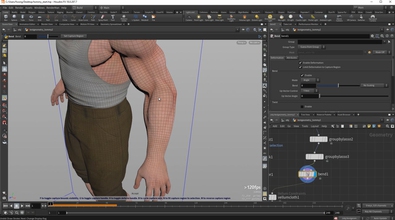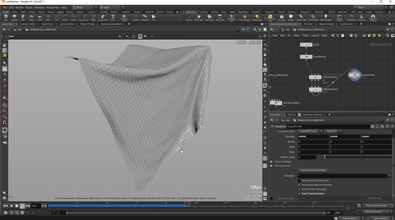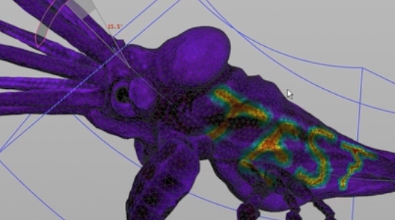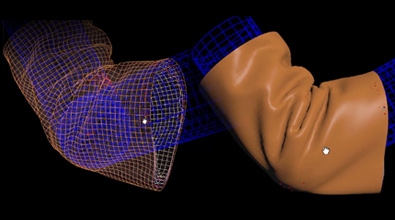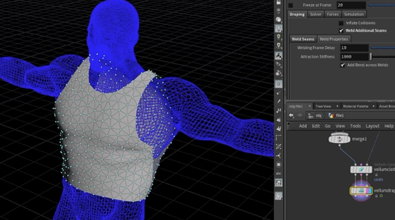Jeff Lait
jlait
About Me
専門知識
Developer
Connect
LOCATION
Not Specified
ウェブサイト
Houdini Skills
Availability
Not Specified
My Tutorials
Recent Forum Posts
Houdini Color Schemes 2023年10月19日11:20
It is very nice to see cool colour schemes being built despite the clunkiness of the current system.
As for the green line, I'm afraid I must report that colour isn't actually part of the schema :cry:
I've submitted Bug: 132255 regarding this, as we do not like such hard coded colours.
As for the green line, I'm afraid I must report that colour isn't actually part of the schema :cry:
if(myViewport->manager()->getViewportBorders()) { if(myViewport->manager()->isCurrentPort(myViewport->getPortIndex())) r->setColor(UI_Color(UT_RGB, 0.0F, 0.6F, 0.0F)); else r->setColor(UI_GREY20); r->rect2DS(x, y, x+w-1, y+h-1); }
I've submitted Bug: 132255 regarding this, as we do not like such hard coded colours.
Expression Short Circuiting 2022年12月26日14:23
You are correct that VEX doesn't short circuit. I can't say we are happy with that, as it is very useful and expected to short circuit. I'd say we want to reserve the right to fix this some day, so please do not write code that requires us to not short circuit in the meantime.
Houdini recalculating every node when just pressing "save" 2022年11月28日21:18
Thank you for the file. We can reproduce that, and it does seem very suspicious.
I've submitted a bug with internal tracking number 125726.
Thank you for reporting this!
I've submitted a bug with internal tracking number 125726.
Thank you for reporting this!

